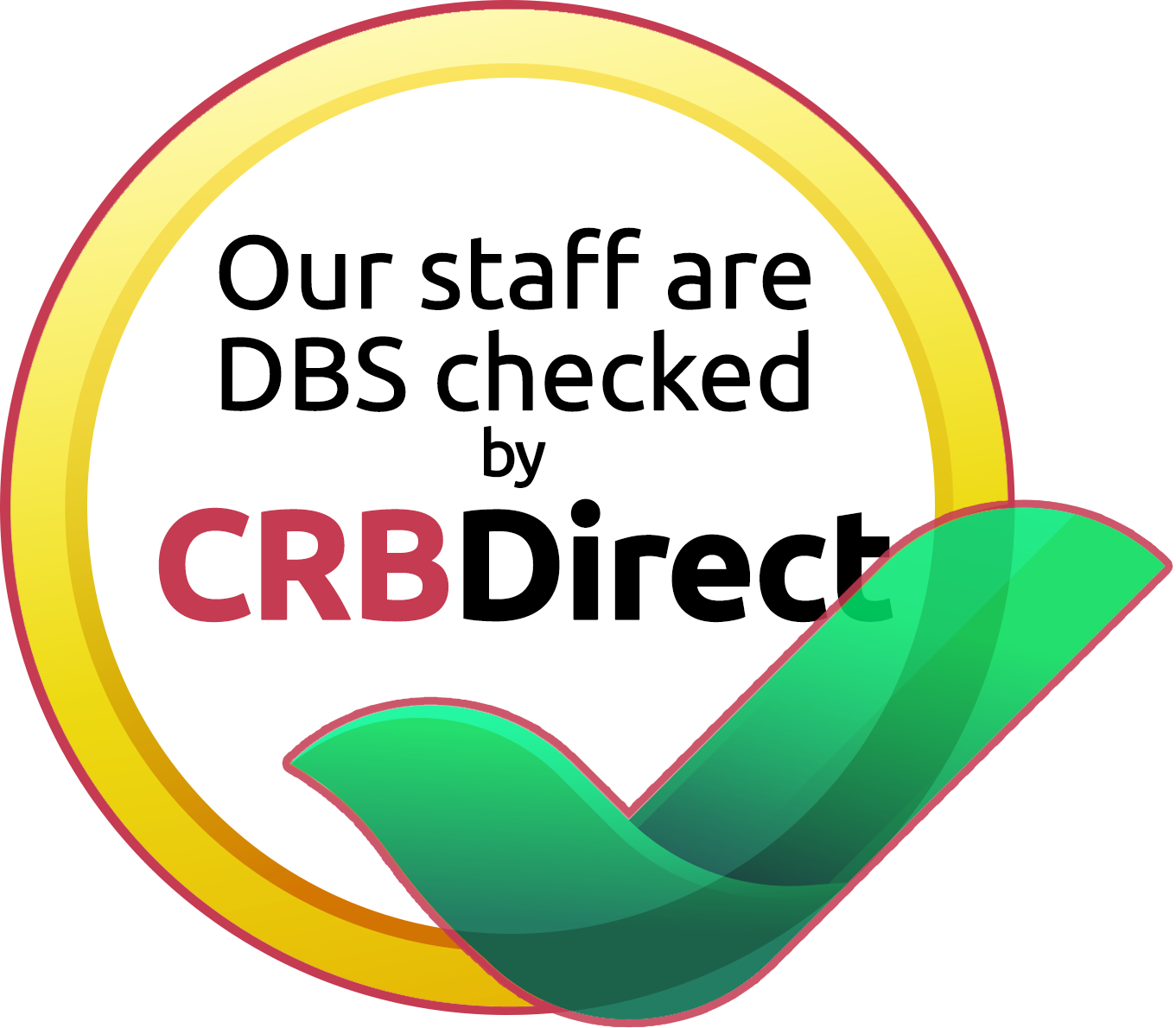
Doing anything for the first time can be daunting. Everything takes longer and seems more complicated when you’re not familiar with the website and the forms you have to fill in. When you’re dealing with government forms there is often an added layer of complication. Getting your first passport takes a lot more effort than a renewal, for example. If you’re moving into a position which needs a basic disclosure check, then being a bit nervous about the process is natural. Don’t panic. The process is in fact quite straightforward, and we’ll walk you through it, step by step.
The Basic Disclosure Check Application Process – The Start
 The good news about getting a Basic Disclosure Check is that there is no special, lengthy process for getting your first DBS check. Whether you’re applying for your first or your twenty-first, you do exactly the same things, in the same order.
The good news about getting a Basic Disclosure Check is that there is no special, lengthy process for getting your first DBS check. Whether you’re applying for your first or your twenty-first, you do exactly the same things, in the same order.
The first part of the application process is the form. It’s usually easiest to do this online for a whole host of reasons. Completing the form online is always more convenient, you can access it whenever you like, you don’t have to concentrate on using your best handwriting, and don’t have to scrabble around for an envelope and stamp to send it away. If you can’t for whatever reason fill your form in online then there is no extra charge for using the paper version, it might just take a bit longer.
What’s on the Basic Disclosure Checks form?
The basic disclosure form is fairly straightforward. It’s nowhere nearly as complex as a passport application form, for example. As with all forms the best advice is to read it through before you start and make sure you fill in everything that you are asked to. There are a couple of sections on the form which can often trip people up, so be aware of the pitfalls. The main one is the address box. The DBS form asks for all of your addresses going back five years. Make sure you give all of the places you have lived on a permanent basis, including postcodes. If you have moved around a lot, you might need to download an attachment sheet and send it with your form. If you have an unusual address history, such as time spend studying overseas or on an Army base, get advice on what to write.
The other confusing section is about names. You must list all of the names you have ever been known by, not just those names you’ve been using in the last five years. This means both first names and surnames.
If you are unsure about what you should put in each box of the form, don’t just guess. It’s always best to give the DBS a ring on their helpline and ask. If you risk it and get it wrong. your form may be rejected, and you lose any fee you’ve already paid.
Proving Identity
Once you’ve completed your form, you have to prove your identity. This is where the process for basic DBS checks varies from other types of check. Identity checks for basic disclosure checks are all done online. When you log in through the DBS portal, there’s a range of options for verifying your identity. You can choose which provider you wish to use. You will also need to provide a range of details like your passport number, driving licence number or national insurance number which can be checked against central databases. If you’ve already gone through the Verify process on the government website to manage tax or benefits online, you shouldn’t need to do it all again to sign up for a basic DBS check.
Certificate Issued
A basic disclosure certificate will only list your current, unspent convictions and cautions. Anything which has dropped off your record in terms of the Rehabilitation legislation won’t be shown. If you are applying for a job which requires a more detailed level of checking, older convictions might also be listed. When you get your DBS certificate keep it in a safe place as you never know when you might need to refer to it in the future. Employers might want to take a copy, but should always return the original to you. There’s no expiry date on a DBS check, bit more people renew a check every three to five years.

